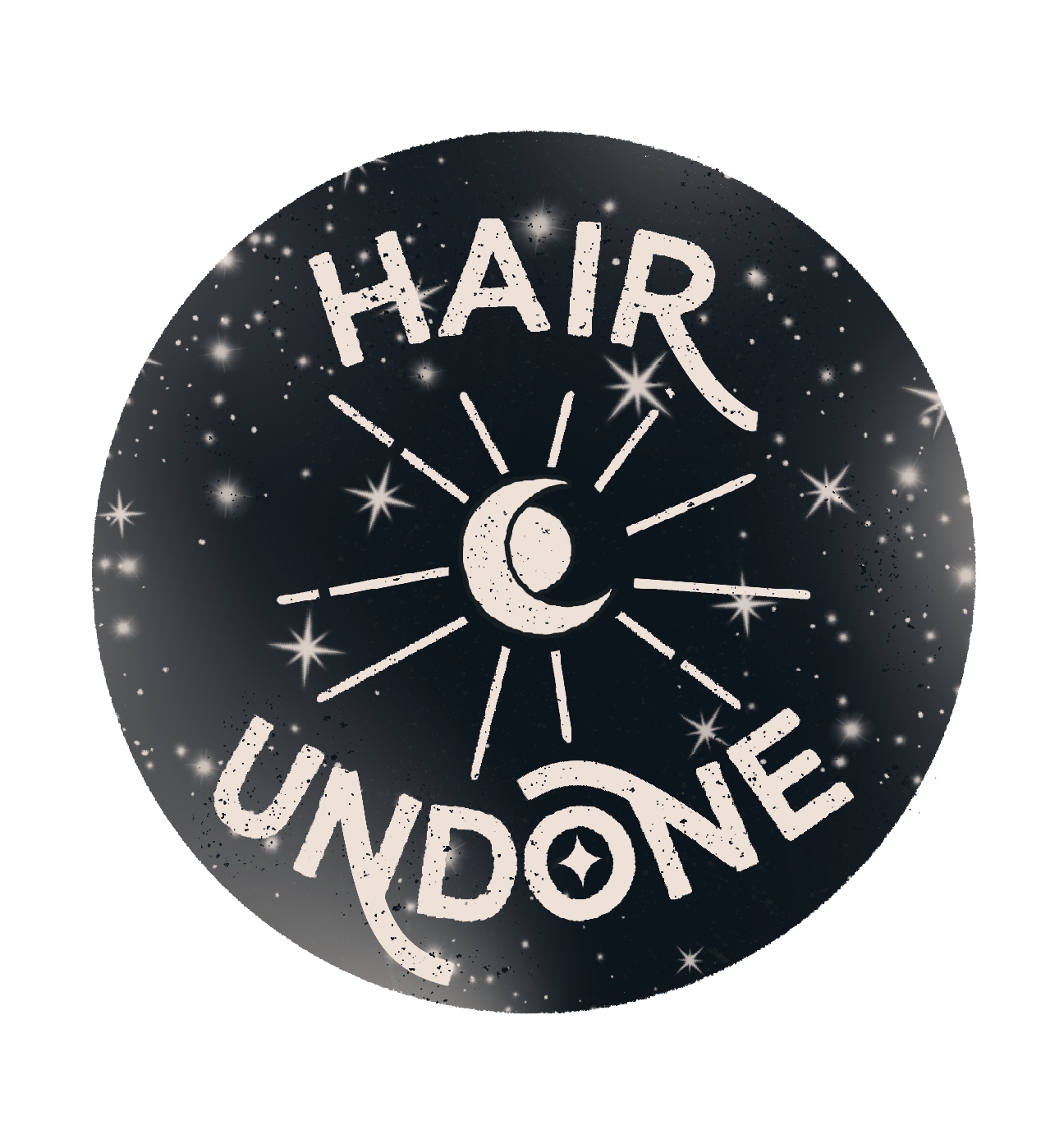Balayage vs. Highlights
When it comes to transforming our hair, there's an array of coloring techniques available, each with its unique appeal and effect. Among the most popular choices are balayage and highlights. Both techniques have gained immense popularity in recent years, but they offer different outcomes. We are going to delve into the differences between balayage and highlights to help you make an informed decision about which technique is best suited for your hair goals.
Balayage by McKenzie R.
Balayage by Aurora P.
Balayage:
Balayage, a French word meaning "to sweep" or "to paint," is a hair coloring technique that creates soft, natural-looking highlights. Unlike traditional highlights, which often use foils or caps to separate sections of hair, balayage involves the stylist hand-painting the color onto the hair. This freehand approach allows for a more organic and graduated color effect, with a focus on enhancing the hair's natural flow and texture.
Benefits of Balayage:
Low maintenance: Balayage grows out seamlessly, requiring fewer touch-ups, making it perfect for busy individuals. Typically a blayage has a much more “rooted” look, allowing longer periods of time before a touch up is needed.
Customizable: Balayage allows the stylist to tailor the color to suit the client's skin tone, hair length, and personal preferences. Since each piece is hand painted, each balayage is unique to the wearer.
Natural look: The soft, sun-kissed effect of balayage gives a more natural appearance than traditional highlights. In order to have a high contrast effect with balayage, it will require more sessions.
Highlights by Aurora P.
Highlights by Lindsay B.
Highlights:
Highlighting is a well-established hair coloring technique that has been around for decades. It involves lightening specific sections of the hair to create contrast and dimension. Highlights are typically achieved by using foils to isolate sections of hair before applying the color or bleach. This method allows for more controlled and precise color placement, resulting in a brighter and more uniform effect.
Benefits of Highlights:
Dramatic effect: Highlights offer a more dramatic transformation, especially when using contrasting colors on a darker base. Highlights can be placed closer together for a more dramatic transformation and fewer visits to achieve a blonder goal.
Even color distribution: Foiling ensures that the color is evenly distributed throughout the targeted strands. Foilining allows for a more blended seemless look to your blonde.
Versatility: Highlights can be adapted to different hair lengths, textures, and styles, making it suitable for various preferences. Each highlight appointment can be customized to create various effects. Lowlights can also be added to create more dimension.
High Contrast Balayage by Aurora P.
Low Contrast Balayage by Lindsay B.
The Main Differences
Application: Balayage is hand-painted, while highlights are applied using foils.
Gradation: Balayage creates a softer, more blended transition between colors, while highlights offer a bolder contrast.
Maintenance: Balayage requires less maintenance due to its natural grow-out, while highlights need more frequent touch-ups.
Intensity: Balayage provides a more subtle and natural effect, whereas highlights deliver a more defined and striking appearance.
Customization: Balayage allows for a more personalized approach to color, while highlights have a more standardized application.
Whether you opt for the artistic and low-maintenance appeal of balayage or the classic, bold look of highlights, both techniques offer unique benefits. Your choice ultimately depends on your hair type, desired look, and maintenance preferences. Consulting with your professional stylist is essential in determining the best approach to achieve your dream hair color.
Remember, both balayage and highlights are versatile and can be adapted to suit various hair lengths, textures, and styles. These techniques can often be combined to create a truly customized effect.






